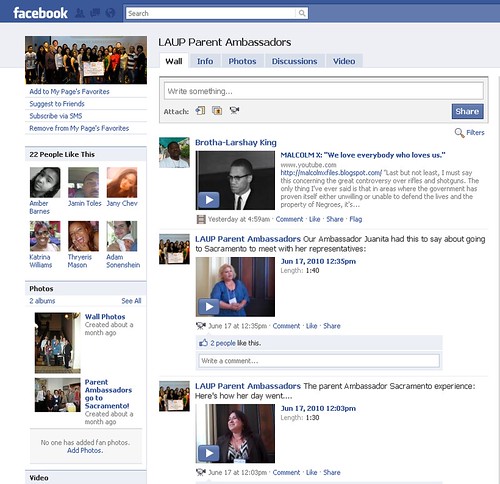
Join me on Tuesday, July 13th at 1 PM EST/1o am PST for a webinar hosted by Networked for Good “Using Social Media to Accomplish More with Less.” It’s free and three lucky participants will win a copy of the book. I’ll be talking about some of themes in the book and sharing some tips for streamlining your social media use.
One of the most common questions I hear is when I do workshops is, “How much time does it take to do social media?”. It is usually followed by an observation that the organization is so resourced and time strapped that they can’t invest time doing anything that doesn’t provide an immediate and maximized return. So, they don’t go further with their social media. A common mistake.
One of the thing that Networked Nonprofits have in common is simplicity. It clarifies organizations and forces them to focus their energy on what they do best, while leveraging resources of their networks for the rest. Simplicity powers more informal connections between people, blurs boundaries, and enables nonprofits to scale efforts better than a single organization could.
Embracing simplicity helps nonprofits move from scarcity lens to that of abundance and allows them to leverage their networks through social media. Here’s a couple of examples:
The SFSPCA has connected with social media savvy volunteers that now create content and manage some of their social media channels such as the Litter Did You Know blog and YouTube Channel.

Los Angeles Universal Preschool mission is to make voluntary, high-quality preschool available to every 4-year-old in Los Angeles County, regardless of their family’s income. They have a group of parent ambassadors who work on land to spread the word about high quality preschool. This group also has a Facebook Fan Page where they provide the same role online.
Preschool California uses Twitter to connect with journalists. They discovered that Tweets are more informal, less time consuming than email so journalists may be more likely to read. Despite only having a few interactions with reporters, Preschool California still retweeted and commented on a number of articles, garnering responses from other advocates and interested Twitter users, which helped increase their issue exposure to a larger audience that focus on early childhood education and are using Twitter.
Using social media can help nonprofits find people and other organizations with good ideas an interest in working together. This is the leverage that they need to stop doing everything alone while ensure that a lot is getting done in their networks. These organizations and people are right there, in the network, on Facebook or Twitter, waiting to connect with and support your organization’s efforts.
How are you using social media to accomplish more with less? Have a story? Leave it in the comments below and win a free copy of the book or this nifty Networked Nonprofit t-shirt created by NTEN.
Update: Slides and Resource List from Webinar

Leave a Reply